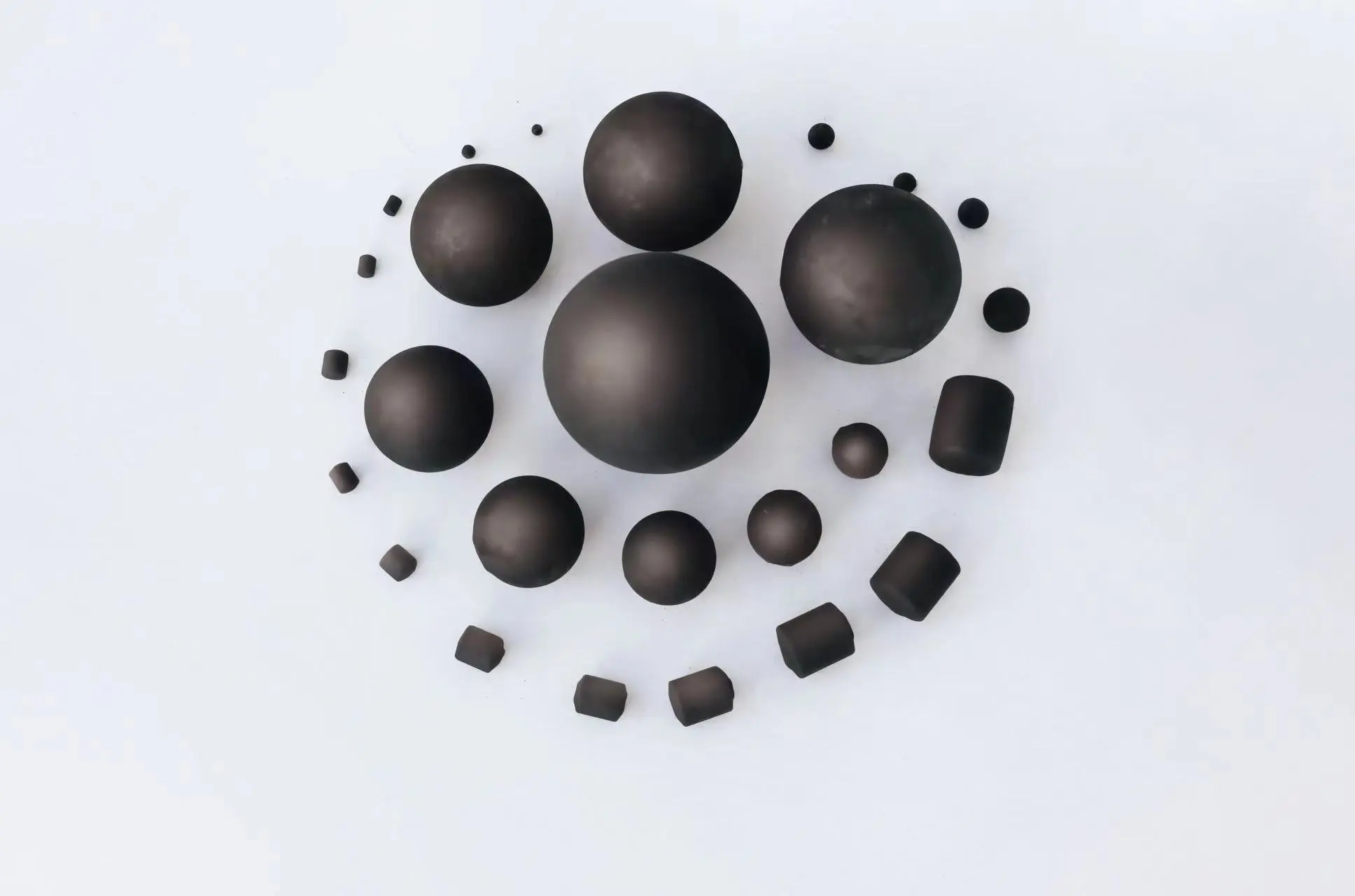Understanding Grinding Media: The Basics
Grinding media refers to the objects used in grinding mills to crush or grind materials into finer particles. These media come in various shapes and sizes, including balls, rods, cylpebs, and pebbles. They're typically made from durable materials such as steel, ceramic, or even natural stones, depending on the specific application.
The choice of the product depends on several factors, including the material being ground, the desired fineness of the end product, and the type of mill being used. For instance, high-chrome steel balls might be preferred for their durability in mineral processing, while ceramic media could be the go-to choice for certain chemical processes due to their non-contaminating properties.
Interestingly, the history of grinding media dates back to ancient times when stones were used to grind grains. Today, the technology has evolved significantly, with engineered media designed for optimal performance and longevity.
Grinding media are essential components in the milling process, serving as the materials that facilitate size reduction. They are typically composed of various substances, including metals, ceramics, and polymers, each chosen based on specific application requirements. Understanding the basic functions of the product, such as their role in breaking down materials and promoting uniform particle size distribution, is crucial for optimizing grinding operations. This foundational knowledge enables manufacturers to select appropriate media for their specific processes.
The Multifaceted Purpose of Grinding Media
The primary purpose of grinding media is to reduce particle size, but its applications extend far beyond simple size reduction. In the cement industry, for example, the product play a pivotal role in producing the fine cement powder that binds our buildings together. The media work tirelessly in large mills, breaking down clinker and other materials to create the perfect cement consistency.
In metallurgical mining, the product are indispensable for liberating valuable minerals from ore. By crushing the ore into fine particles, the media enable more efficient separation processes, ultimately improving mineral recovery rates and reducing waste.
But the utility of grinding media doesn't stop there. In the realm of thermal power generation, these robust tools aid in pulverizing coal to a fine powder, which burns more efficiently in power plant boilers. This process not only improves energy efficiency but also helps reduce emissions.
Even in less obvious industries like magnetic materials production, the product prove their worth. They help create the fine magnetic powders used in everything from electronics to renewable energy technologies.
The reason for crushing media stretches out past simple size decrease; it likewise includes upgrading item quality and functional productivity. By working with proficient crashes between particles, crushing media assist with accomplishing predictable molecule sizes, which is basic in numerous ventures, including drugs and mining. Besides, the decision of crushing media can impact the eventual outcome's qualities, like surface and reactivity. Accordingly, understanding the multi-layered jobs of crushing media is imperative for further developing generally creation results.
The Science Behind Effective Grinding Media
The effectiveness of grinding media isn't just about brute force. There's a complex interplay of factors that determine how well these tools perform their job. The hardness of the media, for instance, plays a crucial role in determining their wear resistance and grinding efficiency.
Chromium content is another vital factor, particularly in steel the product. High-chrome grinding balls, for example, offer superior wear resistance compared to their low-chrome counterparts. This translates to longer service life and more consistent grinding performance over time.
The shape of the grinding media also matters. While balls are the most common form, cylpebs (small cylinders) have gained popularity in certain applications due to their unique grinding characteristics. The choice between balls and cylpebs often depends on the specific material being ground and the desired particle size distribution.
Size is yet another critical factor. Larger media exert more impact force, making them suitable for coarse grinding. Smaller media, on the other hand, provide more inter-particle contacts, making them ideal for fine grinding applications. Many operations use a mixture of sizes to optimize grinding efficiency across different stages of the process.
It's worth noting that the science of the product continues to evolve. Researchers are constantly exploring new materials and designs to improve grinding efficiency, reduce energy consumption, and minimize wear. From high-tech ceramic composites to innovative steel alloys, the future of grinding media promises even more specialized and efficient solutions.
The viability of crushing media is grounded in logical standards connected with material properties and mechanics. Factors like mass, shape, and surface impact how well the media performs during the crushing system. The connections between crushing media and the material being handled are represented by ideas, for example, energy move and grinding. By applying these logical experiences, administrators can streamline media choice and further develop crushing proficiency, prompting improved efficiency and decreased functional costs in different applications.
Conclusion
Understanding the nuances of grinding media selection and application can make a significant difference in industrial processes. It's not just about choosing any grinding media; it's about selecting the right media for the job. This is where expertise and experience come into play.
If you're looking to optimize your grinding processes or need advice on selecting the right product for your application, don't hesitate to reach out to the experts. For more information about high-quality grinding media solutions, including high/low chrome casting grinding balls and cylpebs, contact us at sunnyqin@nhgrindingmedia.com. Our team of specialists is ready to help you find the perfect product solution for your specific needs.









